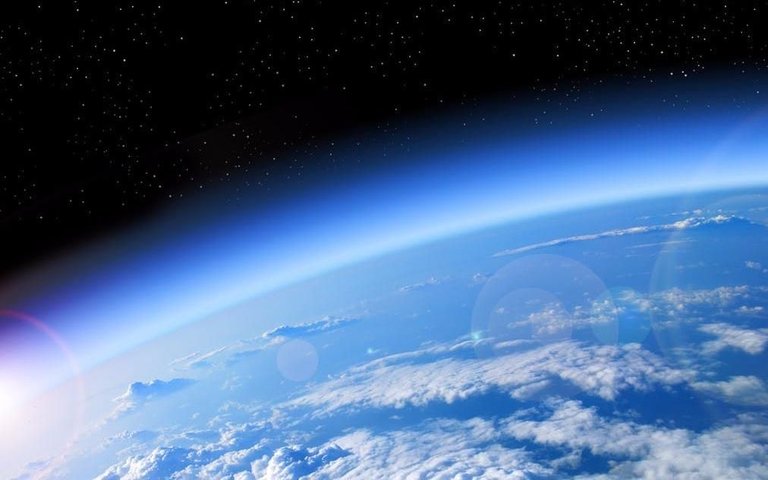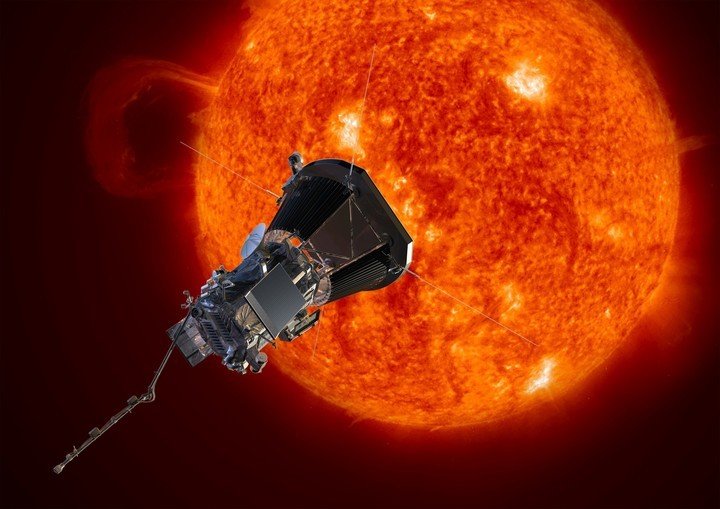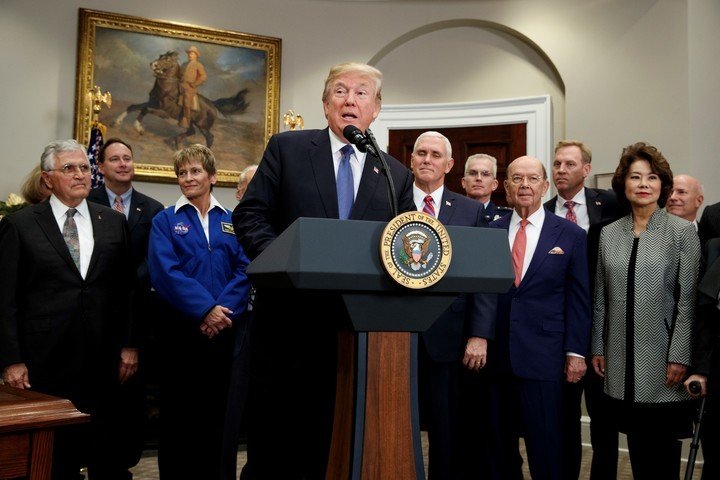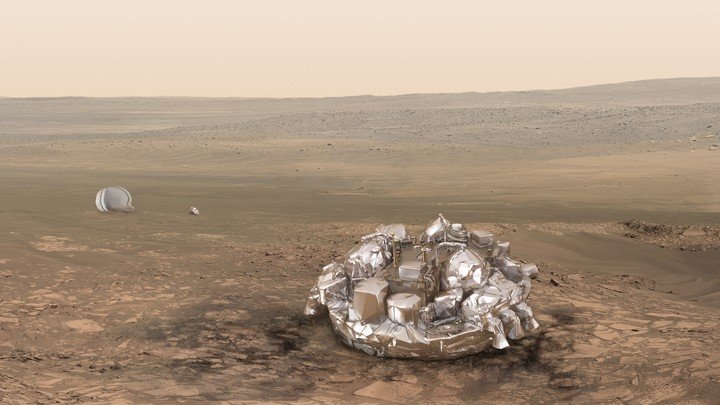
A group of scientists were able to obtain for the first time "direct tests" of the recovery of the ozone layer, through instruments designed by NASA and that are on board the Aura satellite, informed today sources of the US aerospace agency .
The data obtained during the observation show a significant reduction in the levels of chlorofluorocarbons (CFCs), which would have caused a reduction of about 20% in the deterioration of the ozone layer.
"We have been able to see clearly that chlorine in CFCs is shrinking in the ozone hole, and that ozone loss is slowing down," said Susan Strahan, project manager and atmospheric scientist at NASA. the Goddard Special Flight Center of Greenbelt (Maryland).
Last year NASA reported that the size of the hole in September had been the smallest since 1988, with a maximum extension of 19.6 million square kilometers.
The hole in the ozone layer was detected in 1985, at the end of winter in the Southern Hemisphere, when the reflection of sunlight implied reactions that included active chemical forms of chlorine and bromine created by humans, and that end with the ozone
Thirty years ago, the importance of the ozone layer led the international community to sign the Montreal Protocol on Substances harmful to the Ozone Layer in order to regulate this type of compounds.
It is expected that by the year 2070 the hole will have recovered the levels of 1980, since it is expected that the chlorofluorocarbons will continue to decrease.
Ozone acts as an essential element in the atmosphere, a natural protective layer at high altitudes against ultraviolet radiation harmful to humans and plants.
NASA turns 60: there are trips to the Moon and robots to Mars
This year the United States Space Agency (NASA, for its acronym in English) turns 60 and will celebrate with the sending of astronauts and robots to new special missions. Due to the new policies of President Donald Trump, will also expand the studies of the planet Earth, and will collaborate with private companies for the construction of space modules.
As for Mars, it will send a new robot that will explore its surface and some layers below, something new with respect to Curiosity. That will reach the red planet in 2020.
From Florida, the probe "Parker Solar Probe" will be launched, with the aim of taking photographs and measurements of the Sun at a record minimum distance. According to the information delivered by NASA in 2017, this instrument will be able to approach 6.4 million kilometers from the surface of the star, about 17 times closer than any other probe has arrived. Thanks to this mission, scientists can learn new aspects of the main star of our star system.

THANK YOU FOR READING THIS POST



